Applause for the Ridgway’s Rail
By Miya Lucas
Walking on the shoreline of the North or East Bay, you have a chance to encounter one of our year-round residents that is also an endangered species – the Ridgway’s Rail.
Formerly known as California Clapper Rails, Ridgway’s Rails are secretive birds and you’re likely to hear them before you see them. Their clapping sounds remind me of hands clapping, like an audience applauding after a Berkeley Rep theater show. When I hear them, I picture Ridgway’s Rails applauding each other after making a quick guest appearance.
The first time I saw a Ridgway’s Rail was at Arrowhead Marsh at Martin Luther King Jr. Regional Shoreline in Oakland. It was a blistering cold winter day as well as a King Tide, an unusually high tide that drives the rails onto higher, more visible ground. There were lots of people there observing Soras and Ridgway’s Rails, along with what seemed like a million shorebirds roosting on the broken pier.
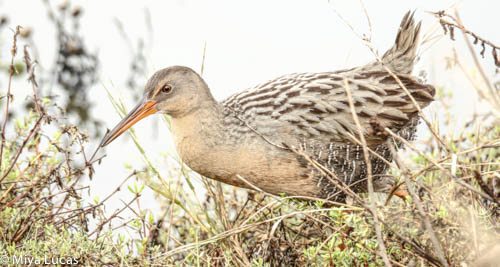 Ridgway’s Rail by Miya Lucas
Ridgway’s Rail by Miya Lucas
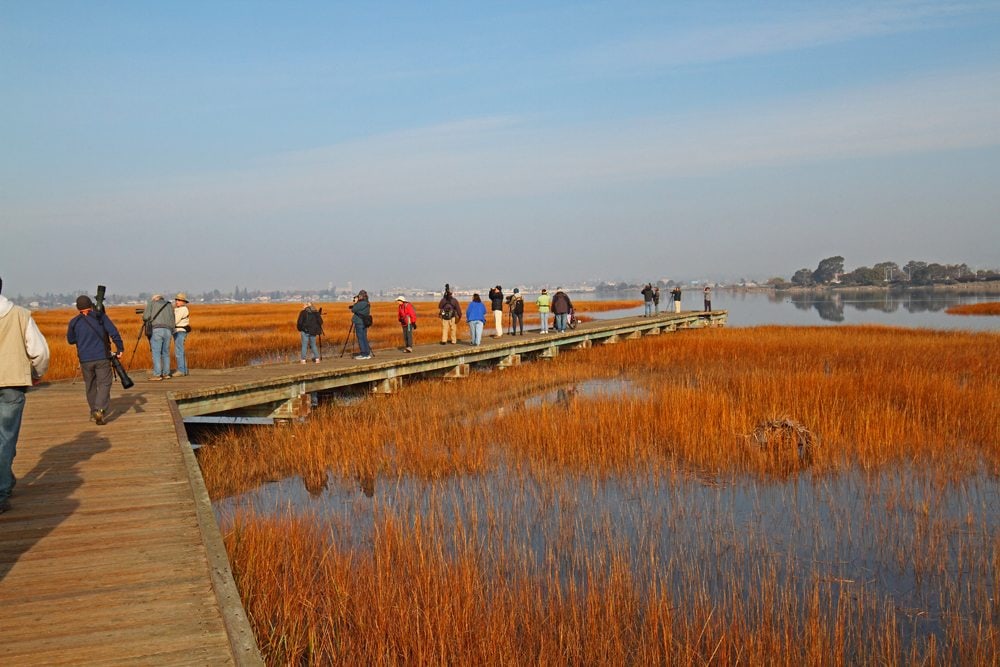 Birders at Arrowhead Marsh in Martin Luther King Jr. Regional Shoreline during a King Tide on January 1, 2018. Note the high water level. Photo by Rick Lewis.
Birders at Arrowhead Marsh in Martin Luther King Jr. Regional Shoreline during a King Tide on January 1, 2018. Note the high water level. Photo by Rick Lewis.
One Ridgway’s Rail in particular caught my eye. it was walking and preening on a large log about 100 feet from the shore, and seemed oblivious to the fifty or more humans observing it. I was captivated by the vivid orange colors on his breast and his bright shiny eyes, and then he opened up his wings and displayed another blast of color on the inner wings. He sang for us with his clapping call. It was love at first sight.
The Ridgway’s Rail is a very vocal bird. Although known for its clap, it has many different calls. During mating season, you may hear it clapping or purring like a cat. When frightened, it can shriek or cluck like a chicken. If something is threatening its chicks, it may sound like a Great Horned Owl, with a low “oom” sound.
Like owls, Ridgway’s Rail regurgitate pellets. They are not picky eaters and eat seeds, grasses, spiders, worms, insects, small fish, and occasionally small birds. They hunt by seeing or smelling their prey, although they also use their long slender bills to probe shallow waters. Like gulls, Ridgway’s Rails can drink salt water since they have salt glands that desalinate the water.
Living in the mudflats, they spend significant time bathing.…

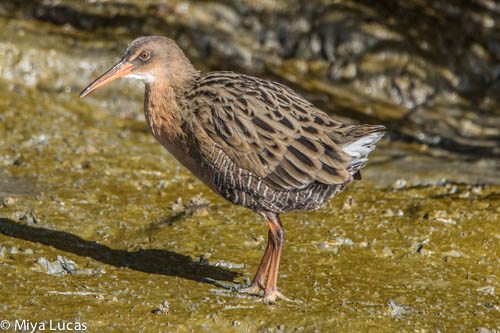
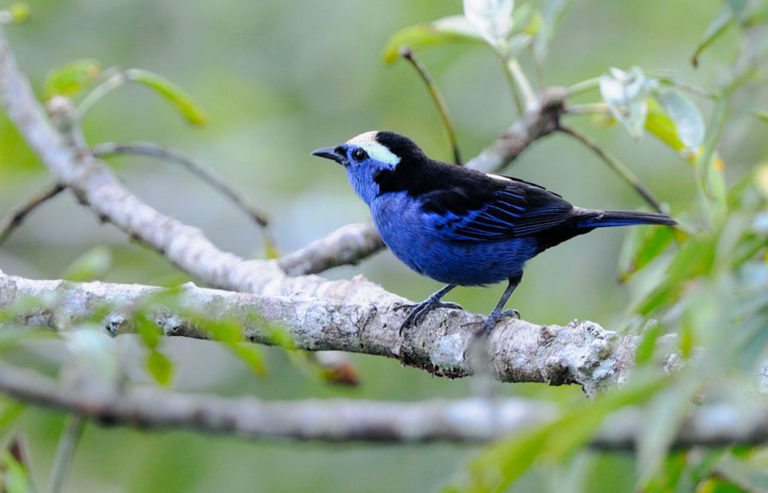
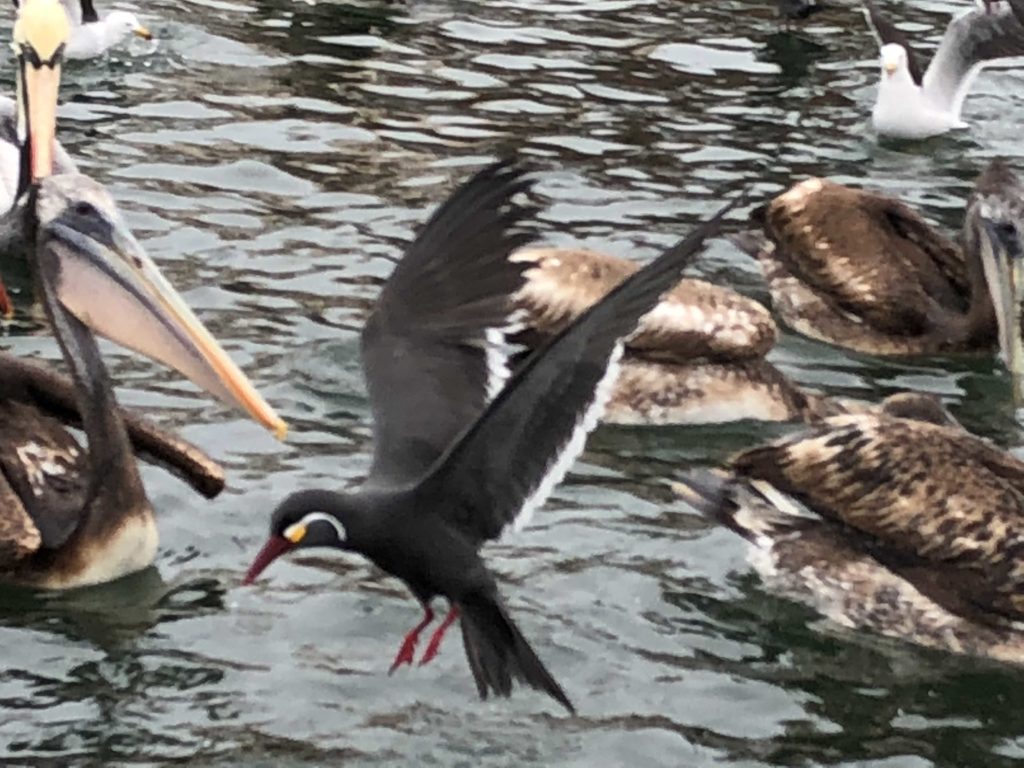 Inca Tern with Peruvian Pelicans, by Pat Kirkpatrick
Inca Tern with Peruvian Pelicans, by Pat Kirkpatrick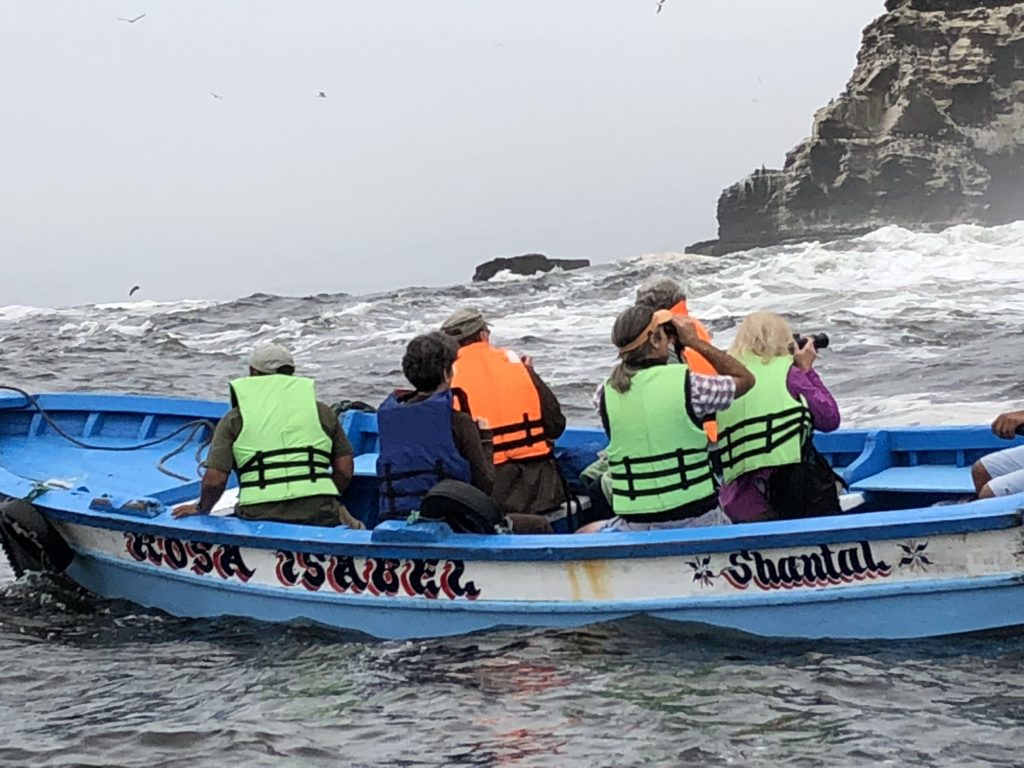 Birding by boat on the bay near Pucusana. Photo by Pat Kirkpatrick.
Birding by boat on the bay near Pucusana. Photo by Pat Kirkpatrick.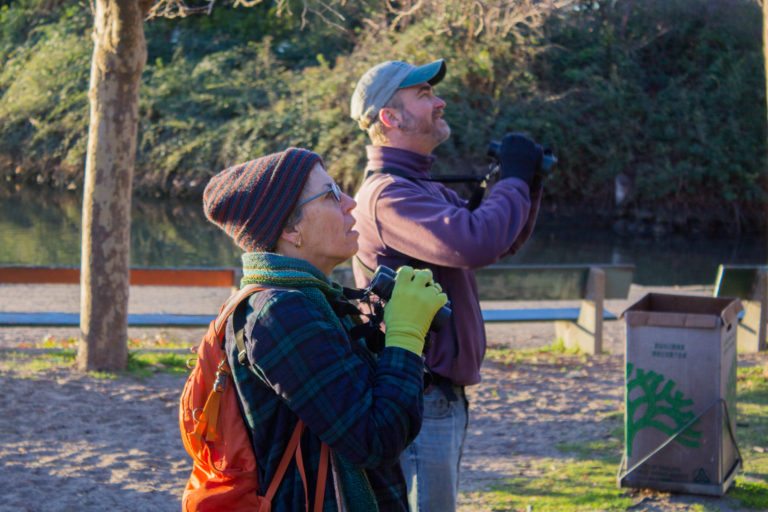
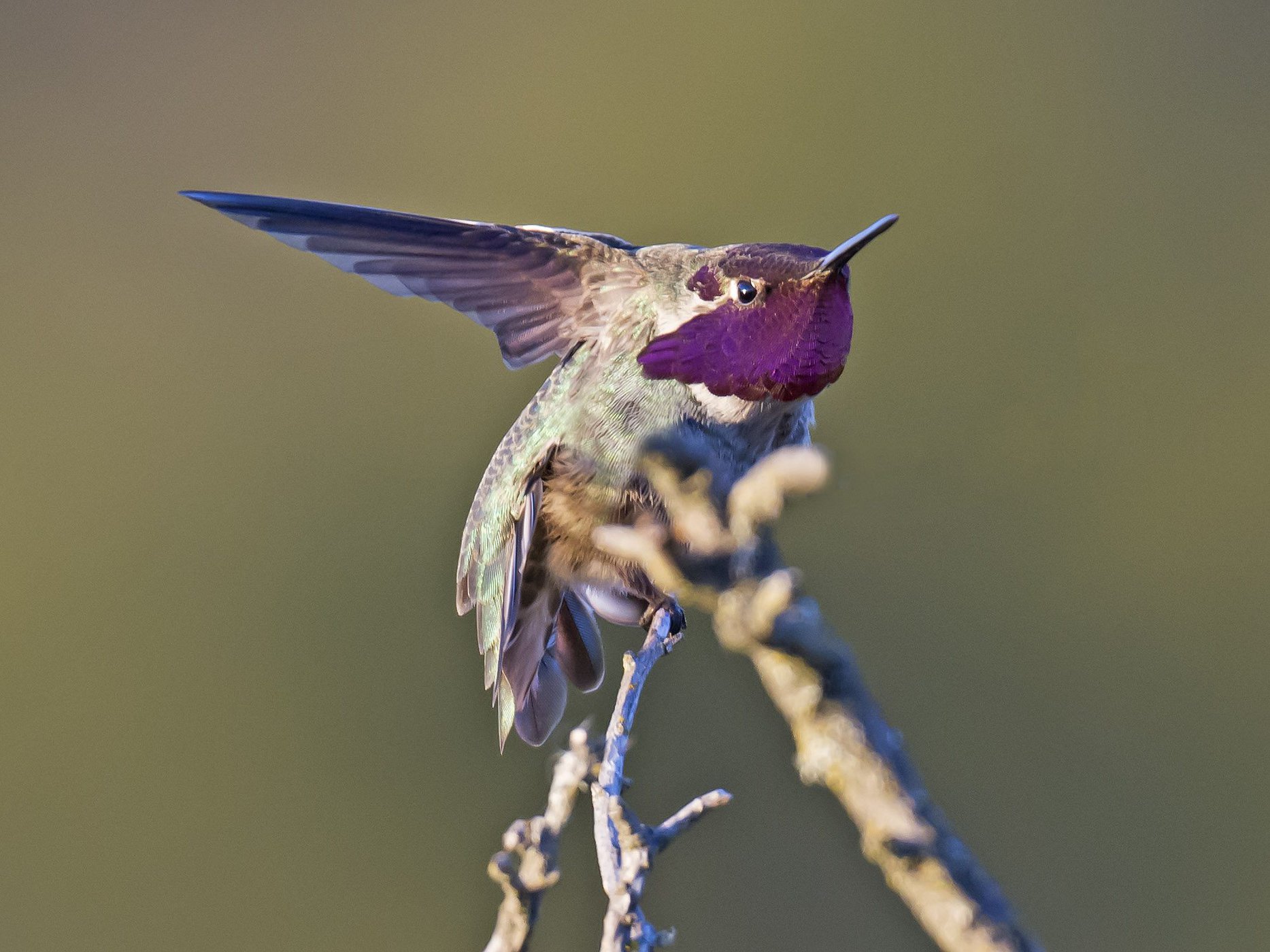 Anna’s Hummingbird during Oakland CBC, by Doug Mosher
Anna’s Hummingbird during Oakland CBC, by Doug Mosher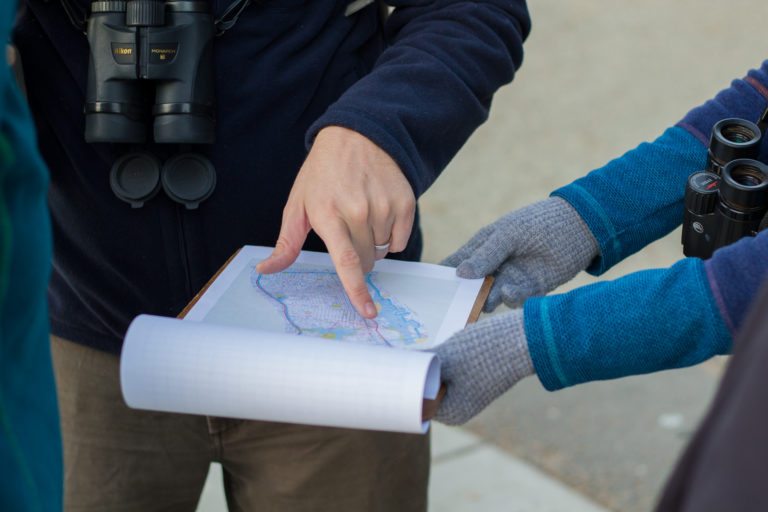
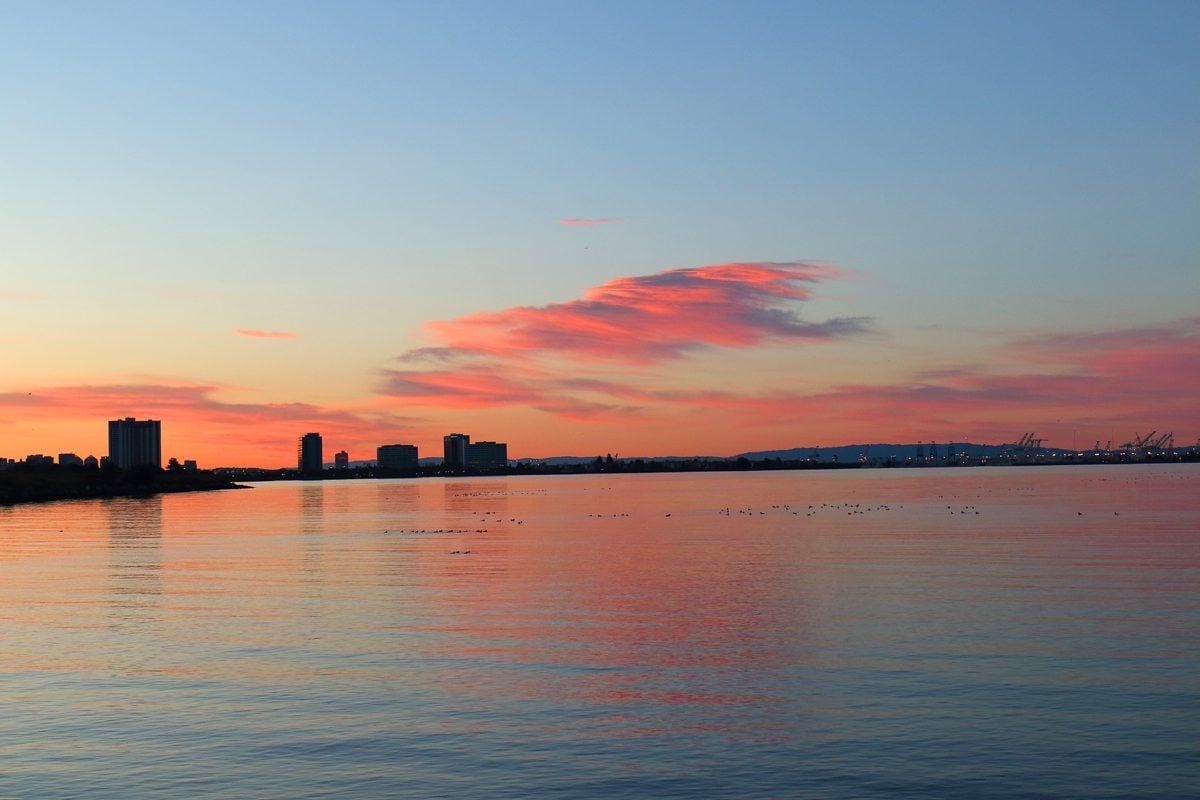 One benefit of the CBC — watching the sun rise! (And yes, there are ducks in this photo.) Photo from the Berkeley Waterfront CBC team by Rick Lewis.
One benefit of the CBC — watching the sun rise! (And yes, there are ducks in this photo.) Photo from the Berkeley Waterfront CBC team by Rick Lewis.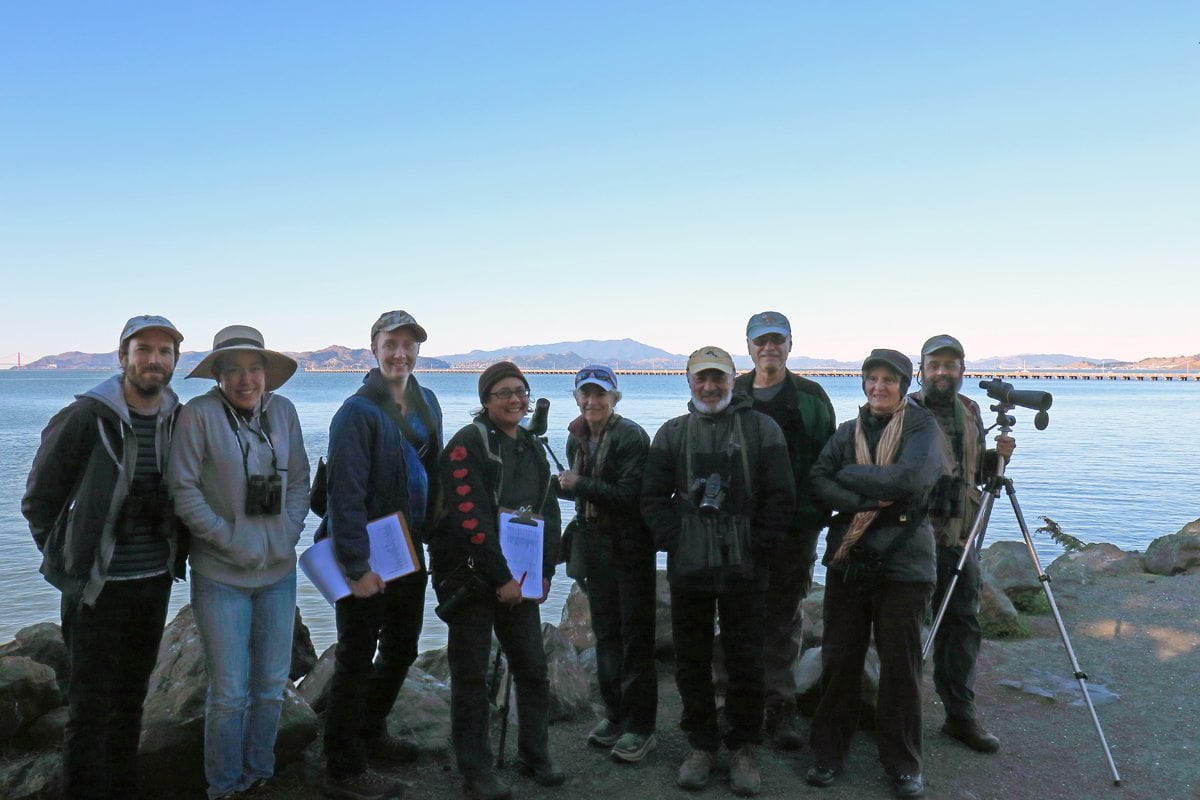 Berkeley Waterfront count team by Rick Lewis.
Berkeley Waterfront count team by Rick Lewis.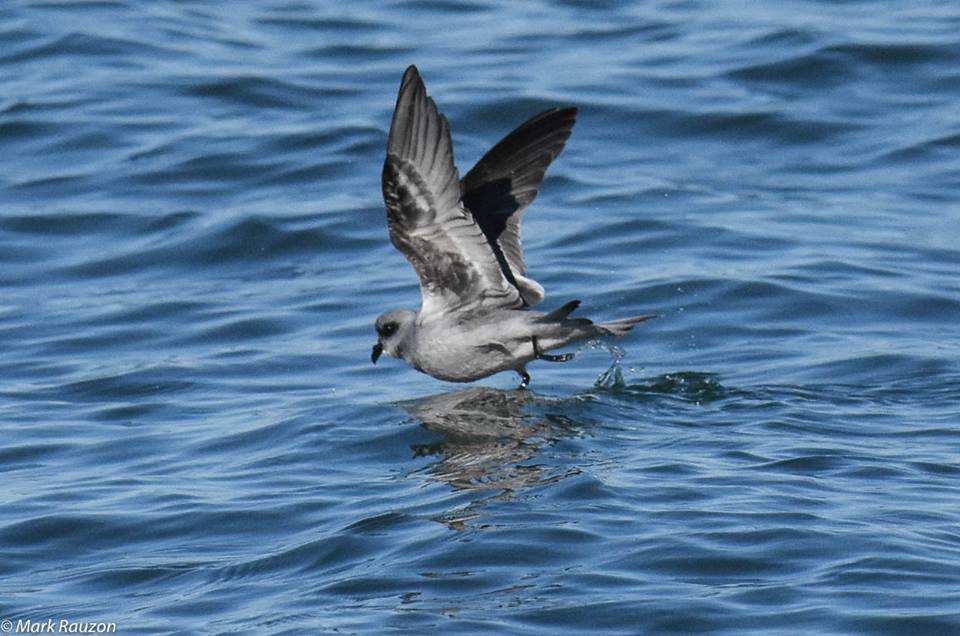 Fork-tailed Storm-Petrel, sighted by Bob Power and photographed by Mark Rauzon.
Fork-tailed Storm-Petrel, sighted by Bob Power and photographed by Mark Rauzon.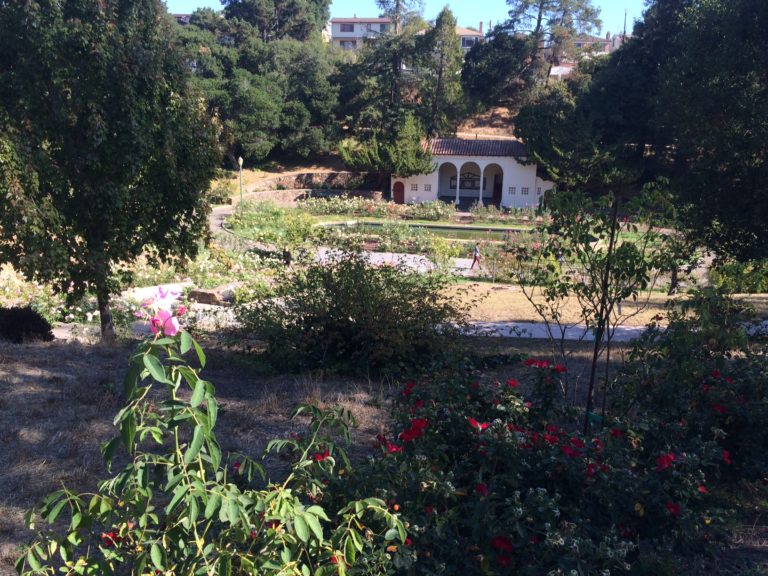
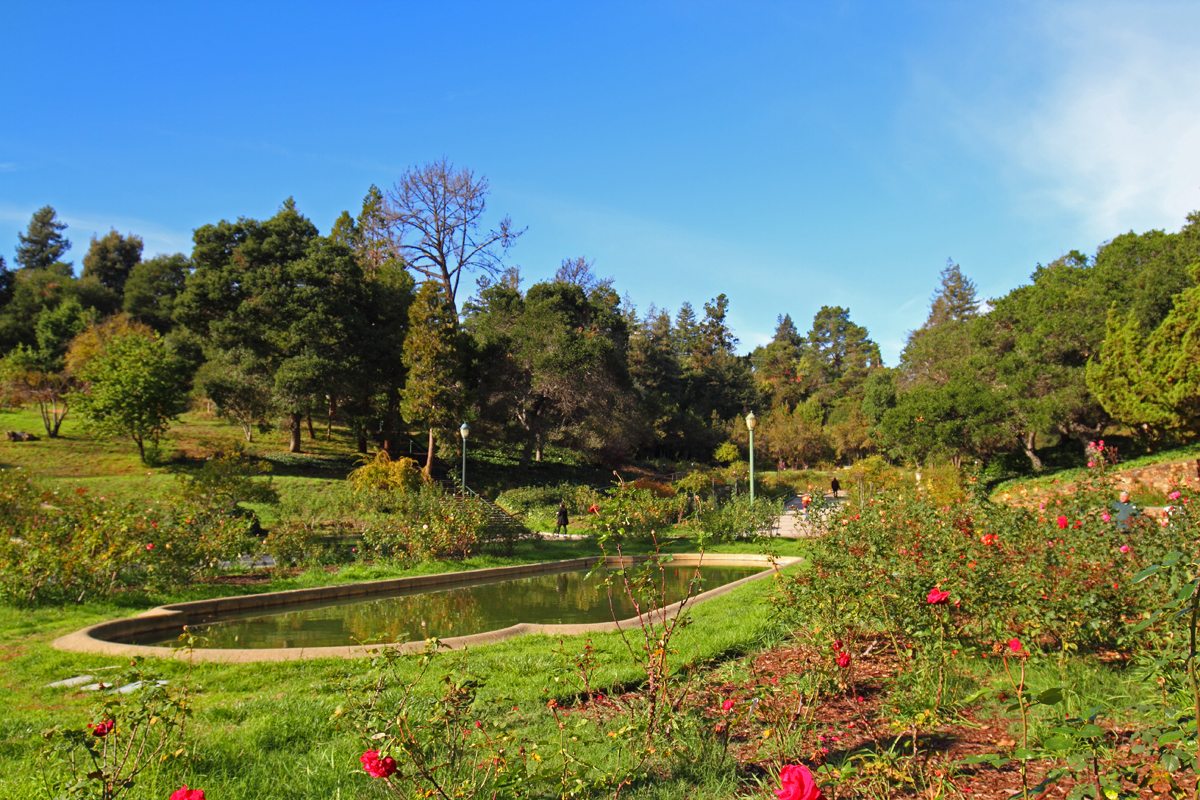 Marcom Rose Garden by Rick Lewis
Marcom Rose Garden by Rick Lewis
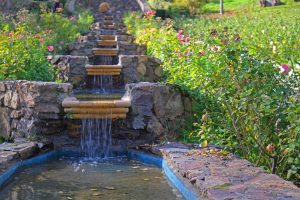 Morcom Rose Garden by Rick Lewis
Morcom Rose Garden by Rick Lewis
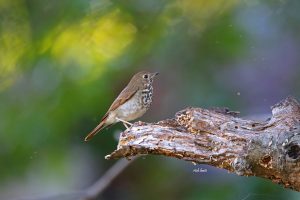 Hermit Thrush in Morcom Rose Garden by Rick Lewis
Hermit Thrush in Morcom Rose Garden by Rick Lewis
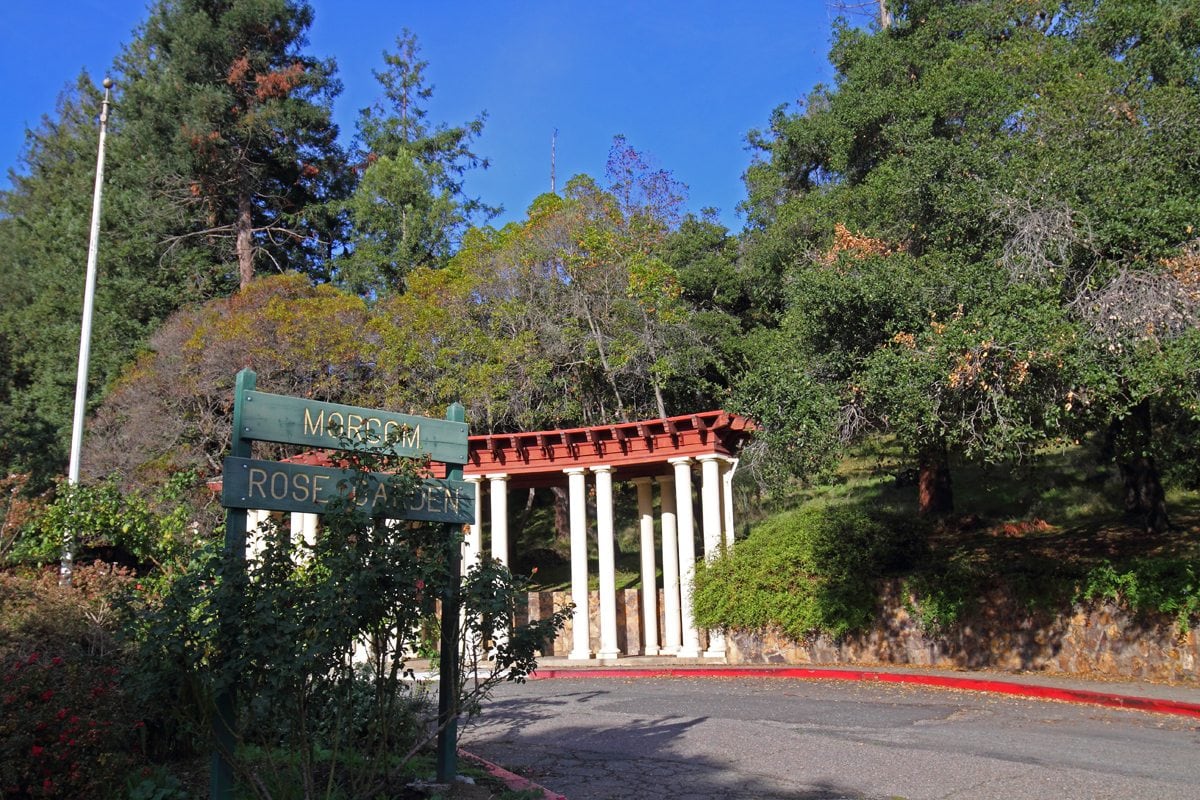 Entrance and colonnade at the Morcom Rose Garden by Rick Lewis
Entrance and colonnade at the Morcom Rose Garden by Rick Lewis
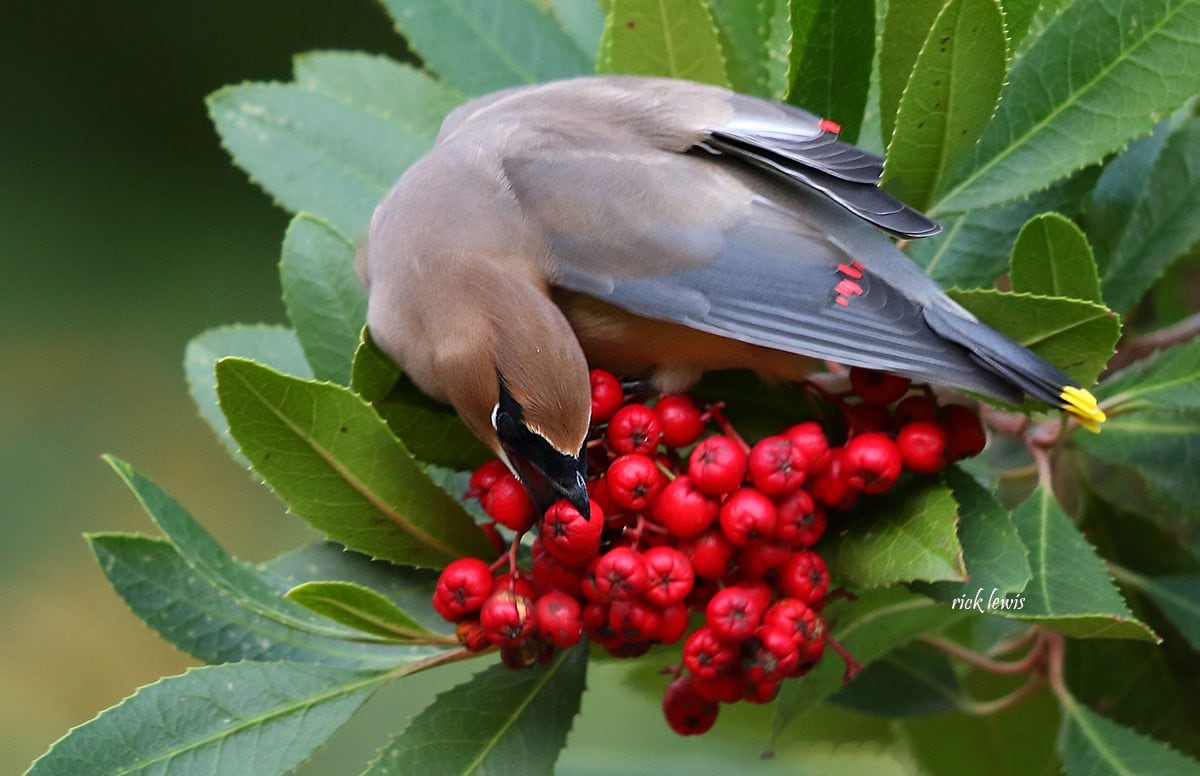 Cedar Waxwing in the Morcom Rose Garden by Rick Lewis
Cedar Waxwing in the Morcom Rose Garden by Rick Lewis